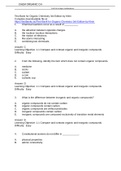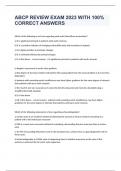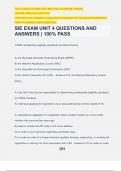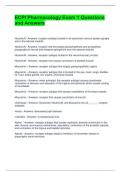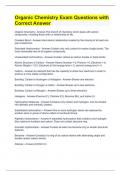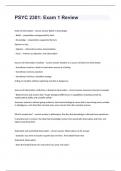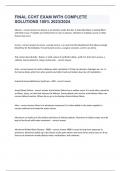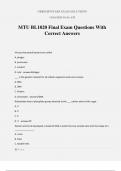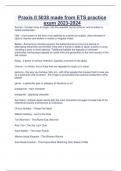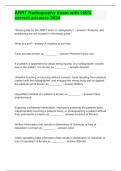Examen
Test Bank for Organic Chemistry 3rd Edition by Klein
- Cours
- Établissement
Test Bank for Organic Chemistry 3rd Edition by KleinChemical reactions occur as a result of __________ A. the attraction between opposite charges. B. the nucleus–nucleus interactions. C. the motion of electrons. D. like atoms interacting. E. combining two chemicals.Chemical reactions occur as a r...
[Montrer plus]
